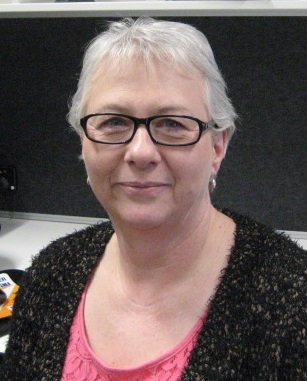Engaging with Death and Dying
A guest blog post from Deb Rawlings, Research Fellow (CareSearch) at Flinders University, South Australia
The first week of the CareSearch MOOC Dying2Learn is about engaging with Death and Dying. The MOOC will introduce different concepts and prompt the reader to think about things that they had not previously considered or had not wanted to think about at the time. Some of this can be confronting, so we start off by exploring the constructs of death through humour.
Our main message at the beginning of the MOOC is – don’t take this too seriously. Have a good laugh and get the conversations started in a safe place. So, for example I have linked to the Dying Matters website (UK) ‘Dying for a Laugh’ where comedians reflect and ultimately consider their own deaths, hoping that their involvement will encourage others to talk more openly and more often about death and other end of life issues.
This week also covers: ‘How we engage with Death and Dying: Public Mourning’. When I initially started writing this I thought that mourning had changed over the years and I was right. In previous generations grief and mourning were more likely to be private affairs but these days with the advent of things such as roadside memorials and the very public displays of grief following sudden death in the community, mourning has become global. Princess Diana’s death comes to mind here, and seen as a very new way of openly grieving and remembering a much-loved personality. But when you think about it, again this is nowhere near a new phenomenon and I remember the death of Winston Churchill in England over 50 years ago. A very public funeral for a man mourned by millions:
Westminster Hall was open for 23 hours a day, so that people could pay their respects. In the bitterly cold weather, the queue was often over a mile long, and there was a wait of up to three hours. When the doors finally closed early on Saturday January 30 (1965) more than 320,000 people had passed by his coffin. In Europe 350 million people, including 25 million in Britain, watched the funeral on television.
This of course, naturally leads us to Social Media Mourning which has changed the nature of how we view grief and loss altogether. Not only is mourning global but it is also viral. Think of yours and other people’s reactions to what seems to be a plethora of more recently - deceased ‘personalities’ both in Australia and overseas. Has this now become another form of memorialisation? A natural segue from here (and yes we are still in week one) is to look at ‘How we engage with Death and Dying: Funerals’ and take a look at how these have also changed over the years. As with all of our modules we have included resources to read, links to pursue and calls to action (activities). In this module we ask participants to think about how they would design their own roadside memorial, eulogy or headstone. Something to think a bit about isn’t it?

Deb Rawlings, Research Fellow (CareSearch) at Flinders University, South Australia